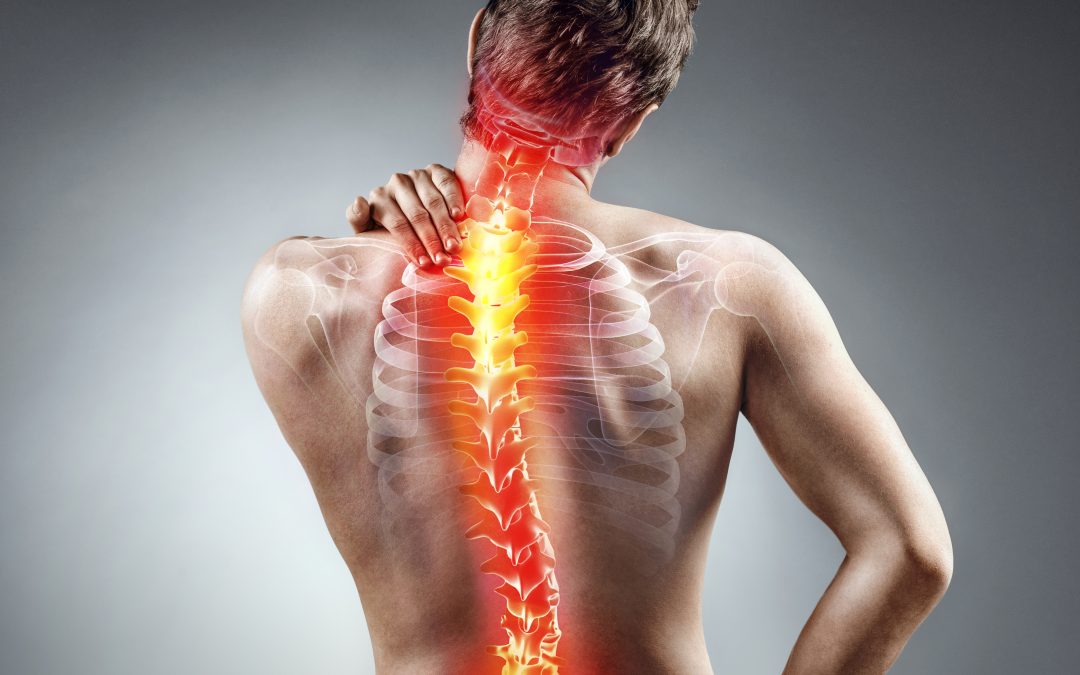Scoliosis is a painful condition from which more than 30% of Americans suffer. Physical therapy, surgery, and other treatments can often correct the issue, but it still leaves the patient in pain until it is resolved. One form of pain management that has had overwhelmingly great results is massage therapy.
About Scoliosis
The natural, S-shape of your spine allows you to stand, balance, bend, and lift. When your spine curves unnaturally – usually into a drastic “S” or “C” shape – you develop scoliosis. This can occur through a number of avenues.
It can develop in utero (congenital); due to muscular problems (neuromuscular); due to diseases such as cerebral palsy, Down Syndrome, muscular dystrophy, etc.; or from injury or bad posture (functional scoliosis). If you develop scoliosis, it can worsen over time and become harder to treat if care isn’t sought after right away.
Scoliosis creates a series of health complications such as:
- Painful/weak muscles
- Lung and heart issues
- Difficult and stiff movement
- Hunchback
- Numbness
- Nerve, joint, and ligament damage
Related pain may not set in right away, but over time, you can expect general discomfort, arthritis, tiredness, and even trouble breathing. While traditional treatment (braces and surgery) will solve the problem, there is still discomfort before, after, and often during treatment. Massage can help to relieve it.
Treating Scoliosis with Massage and the Benefits
While it doesn’t fix the condition, massage helps relax the muscles and ligaments and allows for increased flexibility – particularly beneficial if your doctor has prescribed exercise as a form of treatment.
One report from the Journal of Bodywork and Movement Therapies claimed that a twice-weekly massage for eights weeks resulted in an improvement of pain levels, sleep, and general functions; its effect on pain seems to be the most noticeable facet.
There are two primary forms of massage therapy treatment for scoliosis:
- Cranial-sacral therapy: the therapist manipulates the tissue near the spinal column to improve the patient’s ability to move and function.
- Deep tissue massage: the therapist uses deep-tissue, stretching, and neuromuscular techniques to help relax the muscles around the spine and relieve pain.
While pain relief is the most sought-after and known result of therapy, other side effects are beneficial to those who suffer from scoliosis:
- More restful sleep. Patients often find it difficult to find a comfortable resting position, so they often have insomnia as well. A study posted in the Journal of Bodywork and Movement Therapies stated that massage therapy twice-weekly caused improvements in sleep habits for patients.
- Better mobility. Thanks to the relaxed state of muscles and the breakdown of scar tissue, the patient’s spine has better versatility and therefore better functionality.
- Better circulation. One benefit of massage is that blood begins to flow more freely. This increase in circulation helps to improve flexibility and boost healing in the muscles.
Massage also affects the patient’s state of mind. And when the mind is relaxed, the body is better able to cope with chronic pain like that of scoliosis.
Of course, massage therapy is most beneficial when combined with regular treatment – like other forms of therapy – and/or surgery. It won’t cure the issue, but it plays an influential role in pain management and overall health and wellness.

